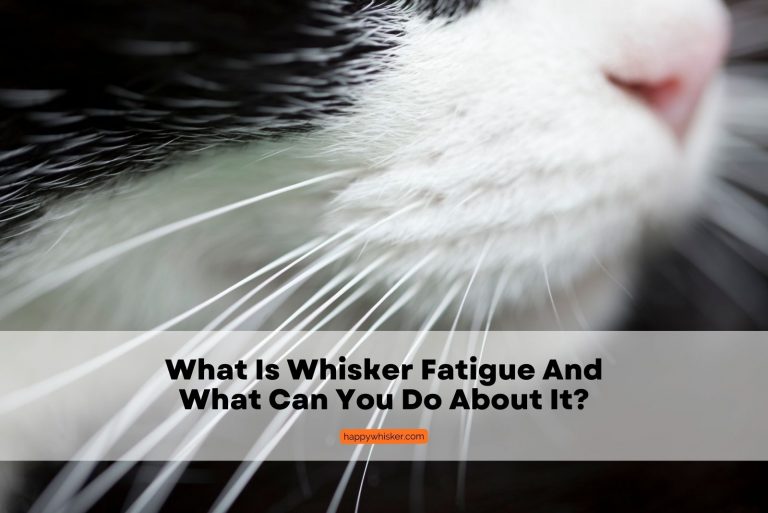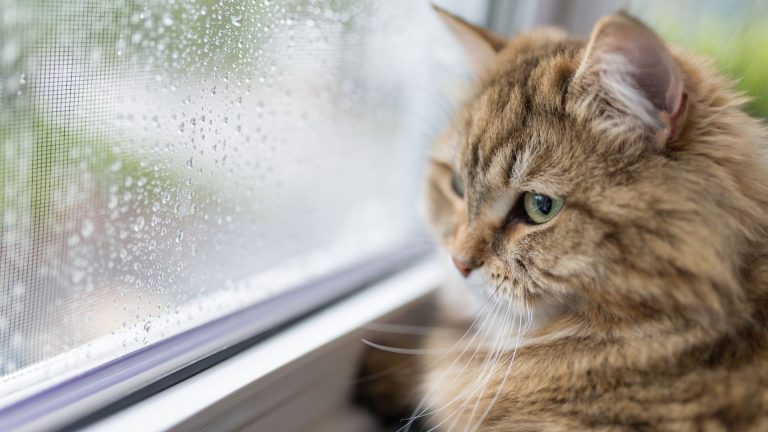Causes And Symptoms Of Cat Swollen Lip + How To Treat It
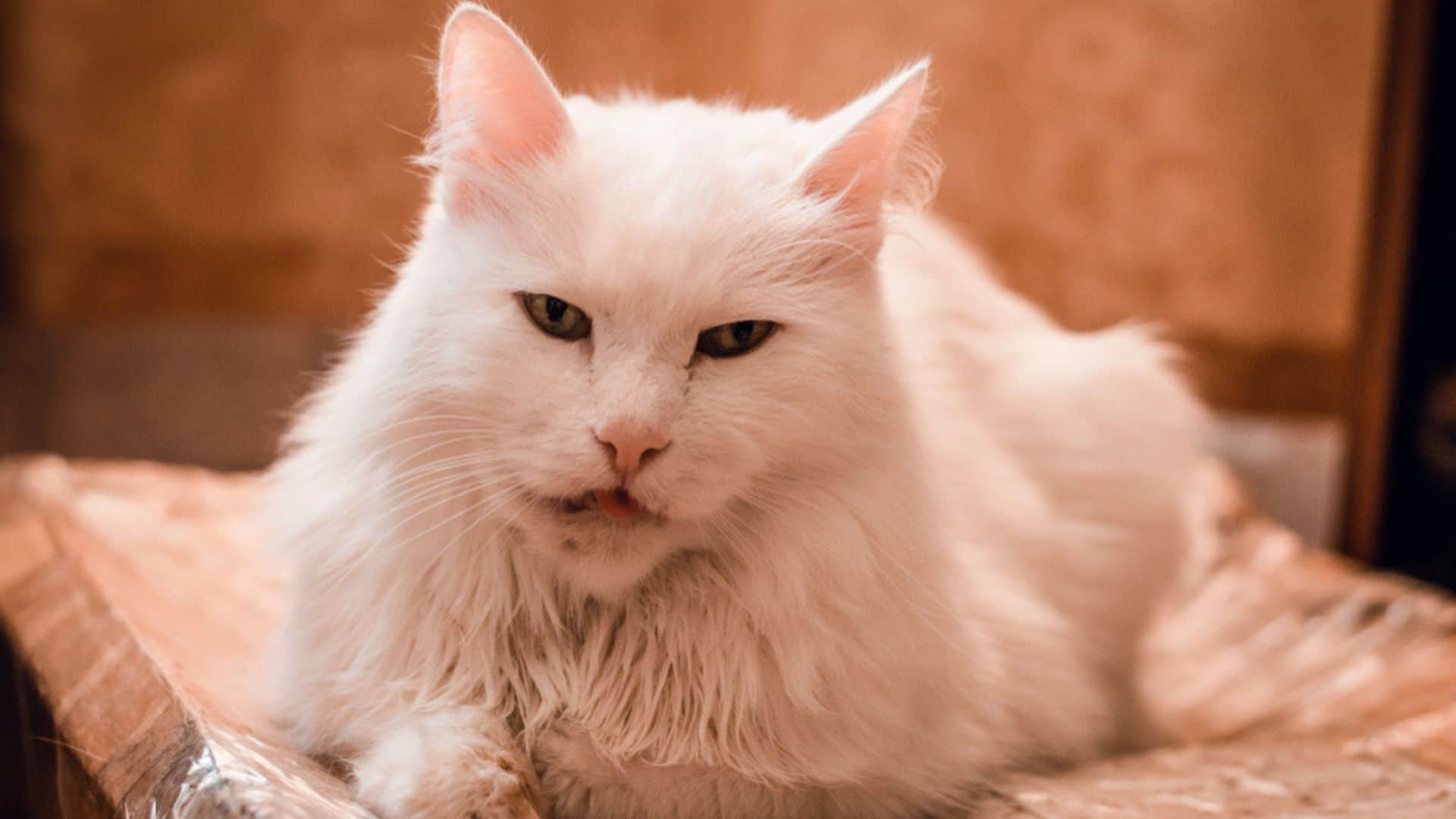
Swelling on your cat’s lip could indicate a severe disease or serious problem. There are many different causes of swelling on your cat’s lip, including allergies (which are the most common reason), dental issues, acne, and so on.
Lip swelling is not a common symptom in cats, but it does happen. Some of the underlying causes of your cat’s lip swelling are simple to identify and treat. Others may require a more thorough examination to establish a diagnosis and provide veterinary care.
Bacterial infections and allergies are the most common causes of cat swollen lip. As a result, cat owners should keep an eye out for signs of infection, such as pus discharge from the mouth, weakness, significant weight loss, or lethargy.
Most Common Causes Of Cat Swollen Lip
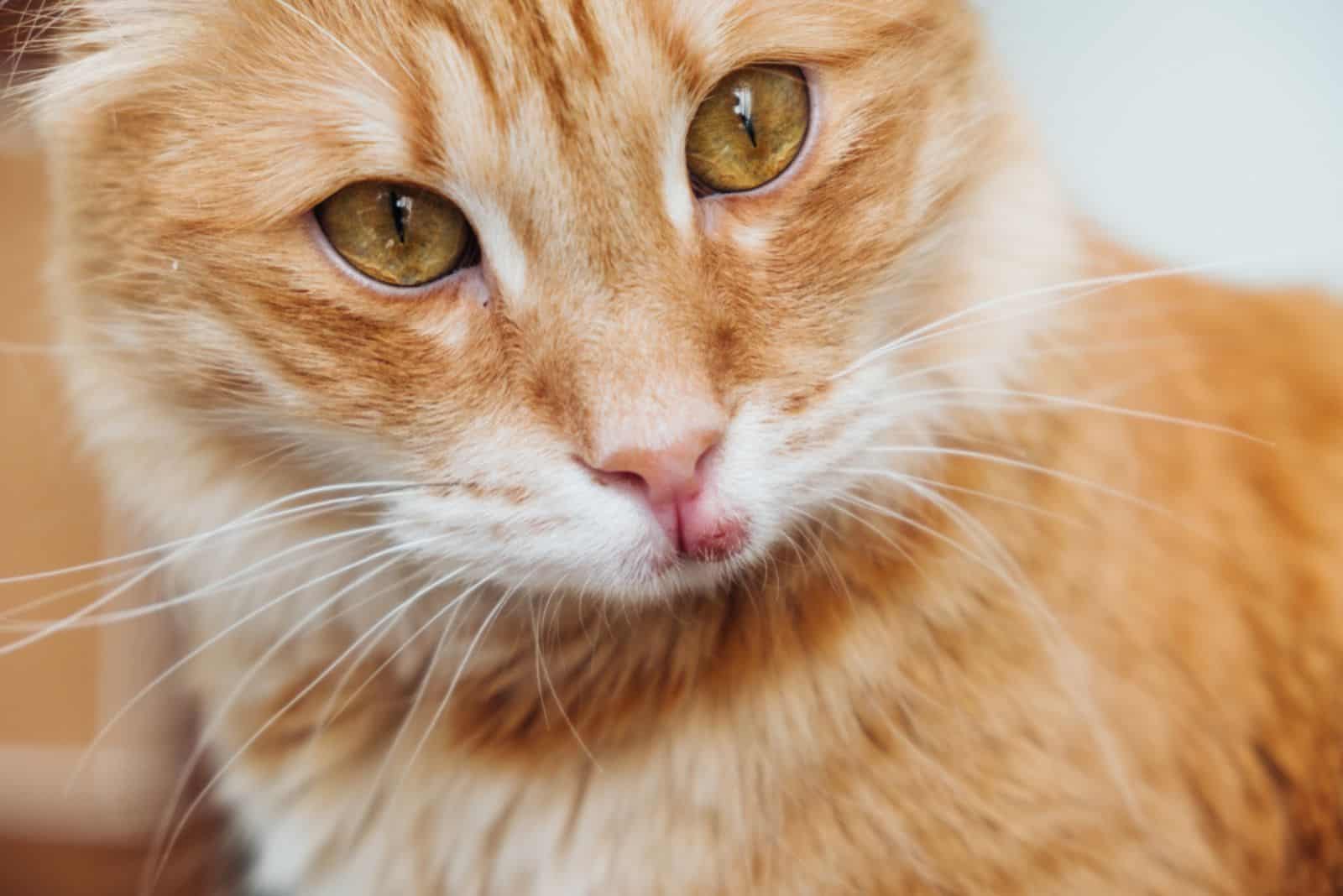
The swollen lip, sometimes your cat’s upper lip or bottom lip, indicates that something inside or around the cat’s lip is causing inflammation. Inflammation can be caused by a variety of factors, and swelling is a general immune system response.
The swelling is usually caused by a rush of white blood cells and fluids into the area to try to solve a problem. The following conditions or diseases are the most common reasons for a cat’s swollen lip.
Allergies
Although allergies are not the most common cause of swelling, they may be causing discomfort and swelling. Allergies can affect cats just like they affect people, causing symptoms such as lip swelling.
Whether it’s a food allergy or environmental allergens such as dust, your vet can help you narrow down potential causes and develop treatments to keep your cat happy and safe. Allergies can manifest in a variety of ways.
Some of the usual symptoms include itching, sneezing, and congestion. Lip swelling is less common but not unheard of. Cats are prone to developing allergies to a variety of substances, including:
Chemicals
Chemicals in your home can become allergens. Your cat may develop an allergic reaction if you change cleaning supplies or even laundry detergent.
If you have changed the cleaning supplies or other products in your household, your cat may be exhibiting allergic symptoms. Whatever the cause, if you think your cat has developed some kind of allergy, call a vet!
Your veterinarian can perform tests and assist you in identifying any changes in your household that may have provoked the allergic reaction.
Dust
Dust is a broad term that encompasses a wide range of substances. The dust in our homes is made up of regular debris, skin and hair particles, and particles that pile up from the items in our homes.
Your cat, like you, may be allergic to one or more of these dust components in your home. Your veterinarian can assist you in determining the source of your cat’s allergy.
Foods
If you’ve just recently changed your cat’s diet plan, the new type of food could be the underlying cause of its swollen lip.
In some cases, your cat may be allergic to an ingredient in the new cat food.. Food and environmental allergies, in general, are the most common causes of lip swelling in cats.
A veterinarian can assist you in determining what is causing your pet’s reaction in order to reduce irritation and eventually solve the problem.
Other concerns include food and water hygiene – are you using scratched plastic food bowls that may harbor bacteria? It could also be a plastic allergy, which is why it’s recommended to use ceramic or stainless steel food and water bowls.
Dental Diseases
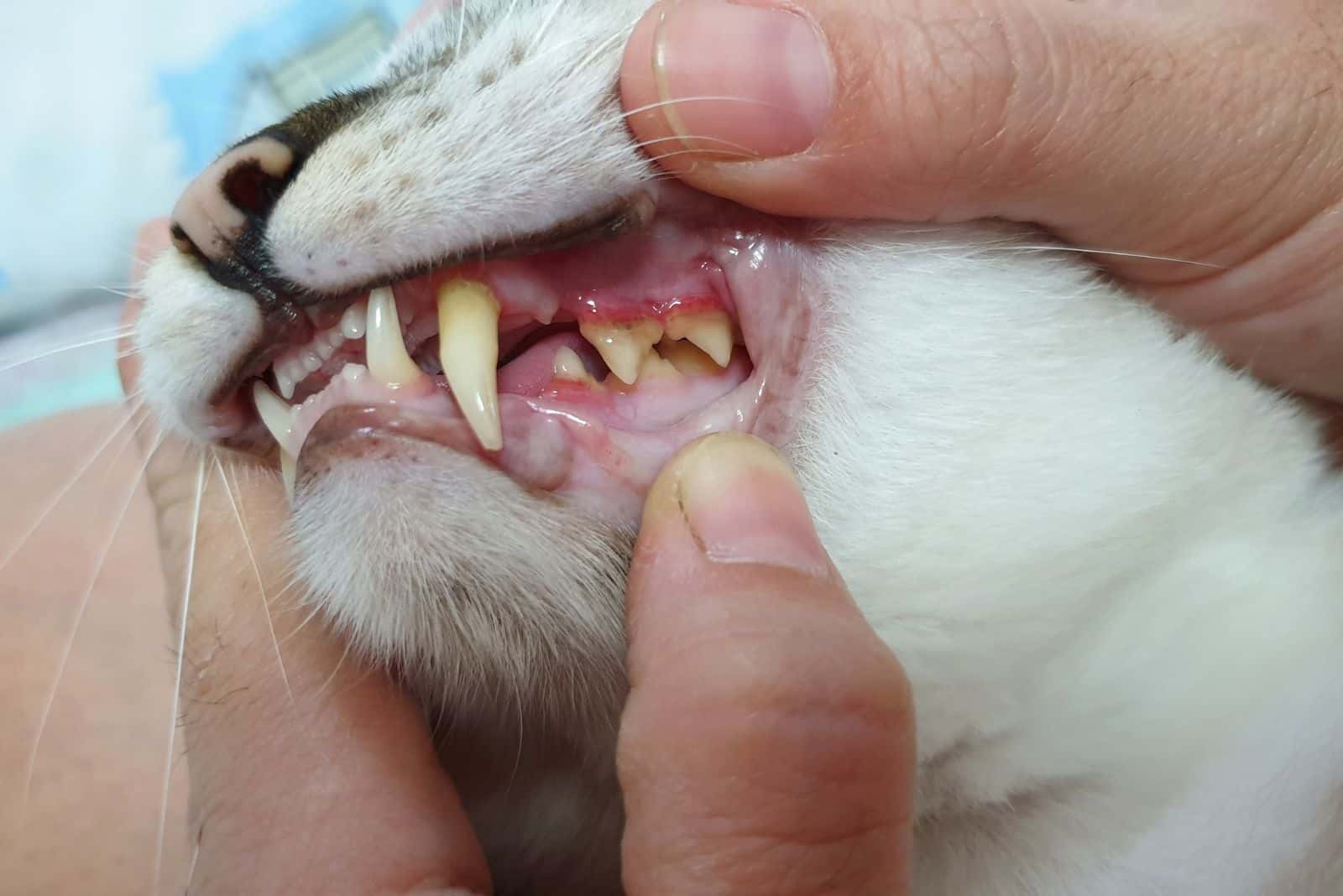
If your cat is having difficulty eating or avoids it entirely, the swollen lip could be a sign of an underlying dental problem. A dental abscess or a patch of tooth rot can easily be the cause of swelling that pushes your cat’s lip out.
Your veterinarian may recommend antibiotics to treat the infection or minor surgery to remove the infected area or a tooth and relieve the symptoms of pain. Dental issues are extremely common in cats, and they worsen as they age.
As a veterinary practitioner, I see a wide range of oral problems on a daily basis, from dental infections to stomatitis. A thorough oral examination and intraoral x-rays are required to fully diagnose your cat’s dental problems.
Although anesthesia is required, your cat will be happy and healthy afterward. Discuss your fears and concerns with your veterinarian so that you can feel secure in treating your cat’s dental disease.
If you want to read more about dental issues in cats, check out How To Deal With Cat Teeth Tartar And Other Dental Diseases.
Oral Cancer Or Tumor
Unfortunately, there’s a chance your cat has a tumor on the upper or lower lip that’s causing it to swell. Again, your vet can evaluate the swelling and evaluate whether it is malignant cancer or benign growth.
Various treatments, including surgeries, are available, and your veterinarian can assist you in determining the quality of your cat’s life in the future. This is most common in senior cats.
Tumors can be benign or cancerous, and without a biopsy, it’s difficult to tell the difference in many cases.
Demodex Mites
Demodex is a parasitic type of mite that lives in the skin and hair follicles of many animals. Cats’ Demodex mites actually exist as three types of species: Demodex gatoi (less common), Demodex cati (more common), and the third unnamed type.
Demodex mites are not always harmful; in fact, many healthy cats may possess a few D. cati mites, while Demodex gatoi are less common.
Demodicosis in cats is typically characterized by symptoms like hair loss and small scabs, as well as swelling. Cats that are infected may develop skin lesions on their bodies, ears, heads, and even their lips.
Eosinophilic Plaque
Eosinophilic plaque is another form of EGC that can make your cat’s lip swollen. This type of EGC typically manifests as bumps or lesions that exude fluids around the body.
These lesions can occur almost anywhere, but they are most common around the cat’s mouth. This is usually caused by parasites, dermatitis, food allergies, or flea bites. Most cases are caused by hypersensitivity.
Your veterinarian will be able to diagnose the underlying cause and devise a treatment plan.
Chin Acne
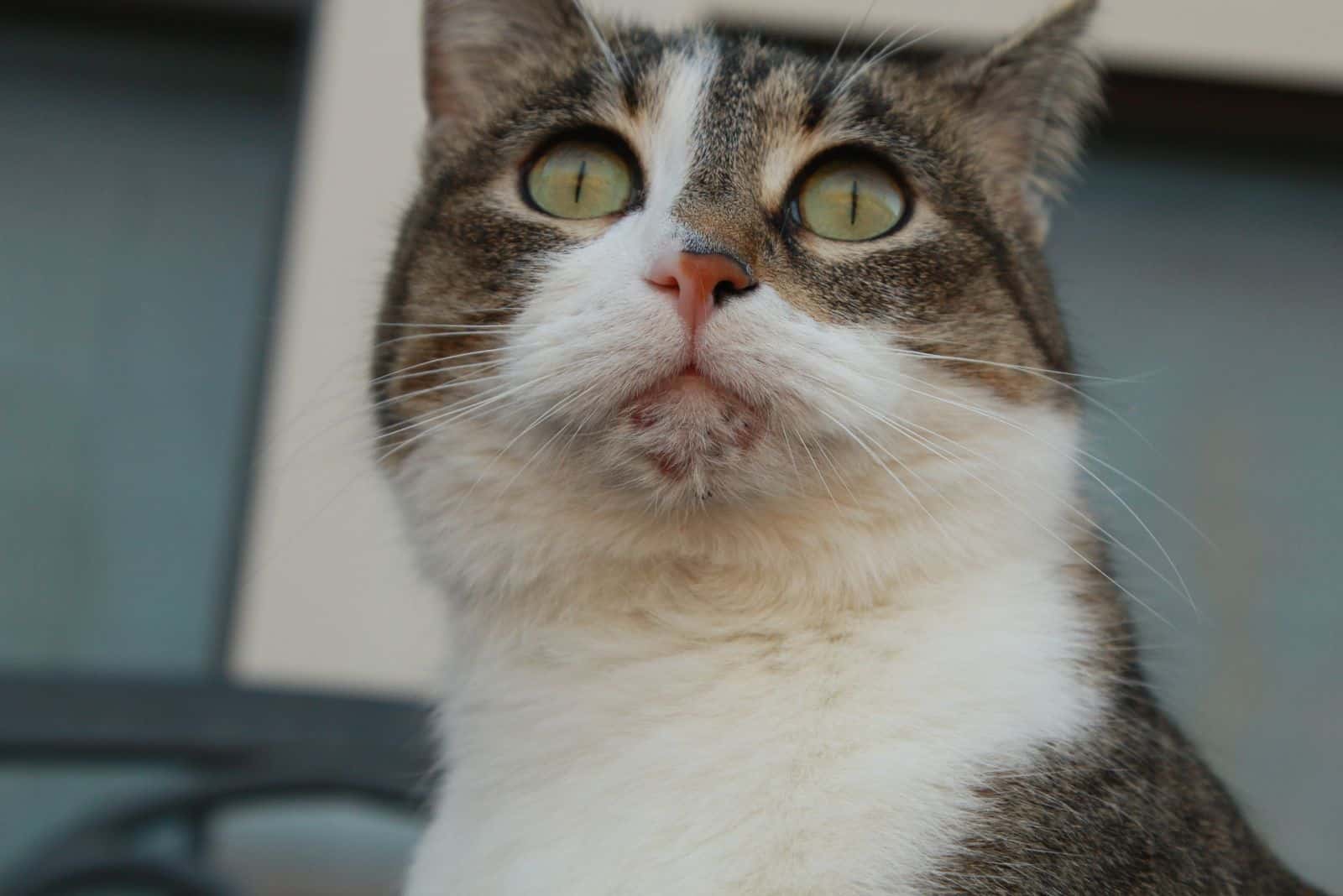
When these infected hair follicles on a cat’s chin occur close to the mouth, lip swelling occurs. Chin acne can be caused by a variety of factors, including allergies and ingrown hairs.
Your veterinarian can identify the problem and prescribe a topical treatment to treat the infection. Cat’s chin acne is a term used for clogged and inflamed chin follicles.
It usually appears as blackheads, dirty fur, red skin, and occasionally a puffy lower lip. Chin acne is frequently associated with allergies, and similar treatment is often employed.
If you’re interested in learning more about a cat’s chin acne, read this article: Black Specks: Acne Or Flea Poop On Cat Chin? Explained Below.
Infections
Skin infections can, in some cases, affect the cat’s face and lips too. Bacterial infections and abscesses caused by pathogens such as Pasteurella and Staphylococcus are more common in outdoor cats.
Battles with other cats and other types of trauma are frequently to blame. Hair loss, red skin, and crusting are symptoms of ringworm and other fungal infections.
Ringworm-infected cats have crusty ears, snouts, and lips. A simple skin culture can be used to diagnose ringworm.
Pemphigus
Pemphigus is an auto-immune disease that destroys the connections between skin cells. Scabs and swelling are symptoms of pemphigus, which not only affects the skin on the lips, it can affect other parts of the body as well.
A skin biopsy is the most accurate method of diagnosing pemphigus in cats. In the majority of cases, there is no discernible cause. Different types of pemphigus react differently to medical treatment.
Physical Injuries
It’s possible that your cat fell and injured its mouth, causing the swelling you’re seeing. This could have caused tooth damage and damage to the inner surface of your cat’s mouth, both of which may require treatment.
Examining the outside and inside of your cat’s mouth can be extremely beneficial, but only if your cat allows you to do it.
Toxins
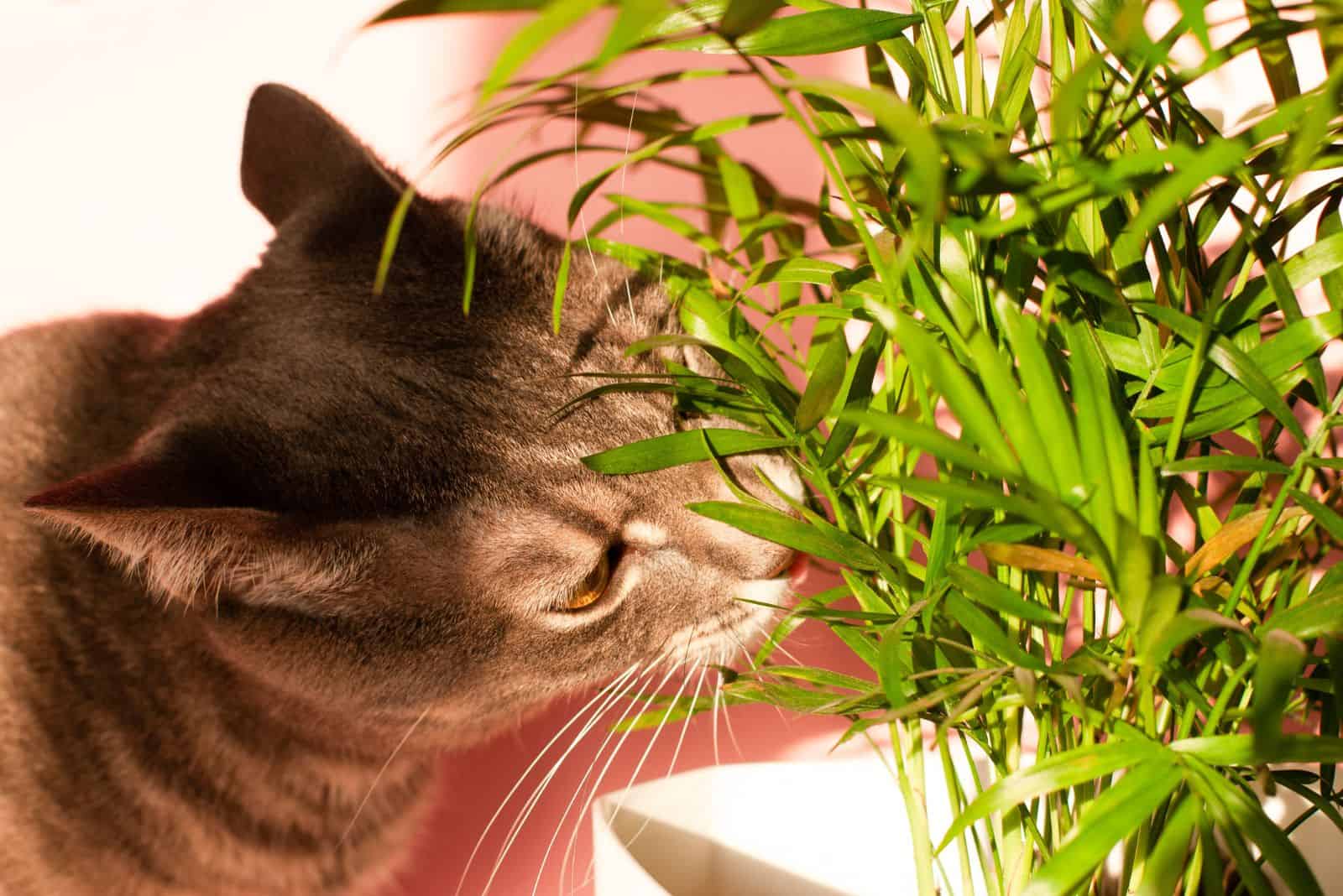
The Araceae family includes the tropical house plants Pothos Scindapsus and Epipremnum. Pothos plants can cause major swelling in cats, most commonly in the cat’s mouth, lips, and gastrointestinal tract, if it is chewed or ingested.
It’s best not to have Pothos and cats in the same house. At least make sure the plant is out of your cat’s reach if you like keeping this plant.
Skin Cancer
Cat’s skin cancers can sometimes appear and begin around the mouth. Skin tumors in cats are known to cause a lesion that appears similar to more benign causes. A biopsy is the best way to make a diagnosis.
Eosinophilic Granuloma Complex
EGC is the term used when your cat has an allergic reaction to a flea bite, a mosquito, or a mite bite. The area around the bite may swell up and become red and itchy.
The bite area may remain small and practically unnoticeable in some cases, but it may result in a large ulcer in others. Lesions are most commonly found on your cat’s gums and in its mouth in the case of EGC.
They can, however, appear on the cat’s back legs and belly. You may also notice hair loss if your cat licks and scratches the lesions.
See also: Rodent Ulcers In Cats: Causes, Treatment, And Prognosis
Other Causes
Sometimes the cause is obvious, and no further treatment is required. If it’s mosquito season, your cat might just have been bitten, and the swelling will subside in a few days. Your cat could also have a small injury or a scrape that is causing swelling.
Keep an eye on the swelling for about a day to see if it changes. If your cat allows it, examine the swollen area for an injury, bite, or even an attached insect, such as a tick. If possible, thoroughly clean the area to help prevent further infections.
Common Associated Symptoms
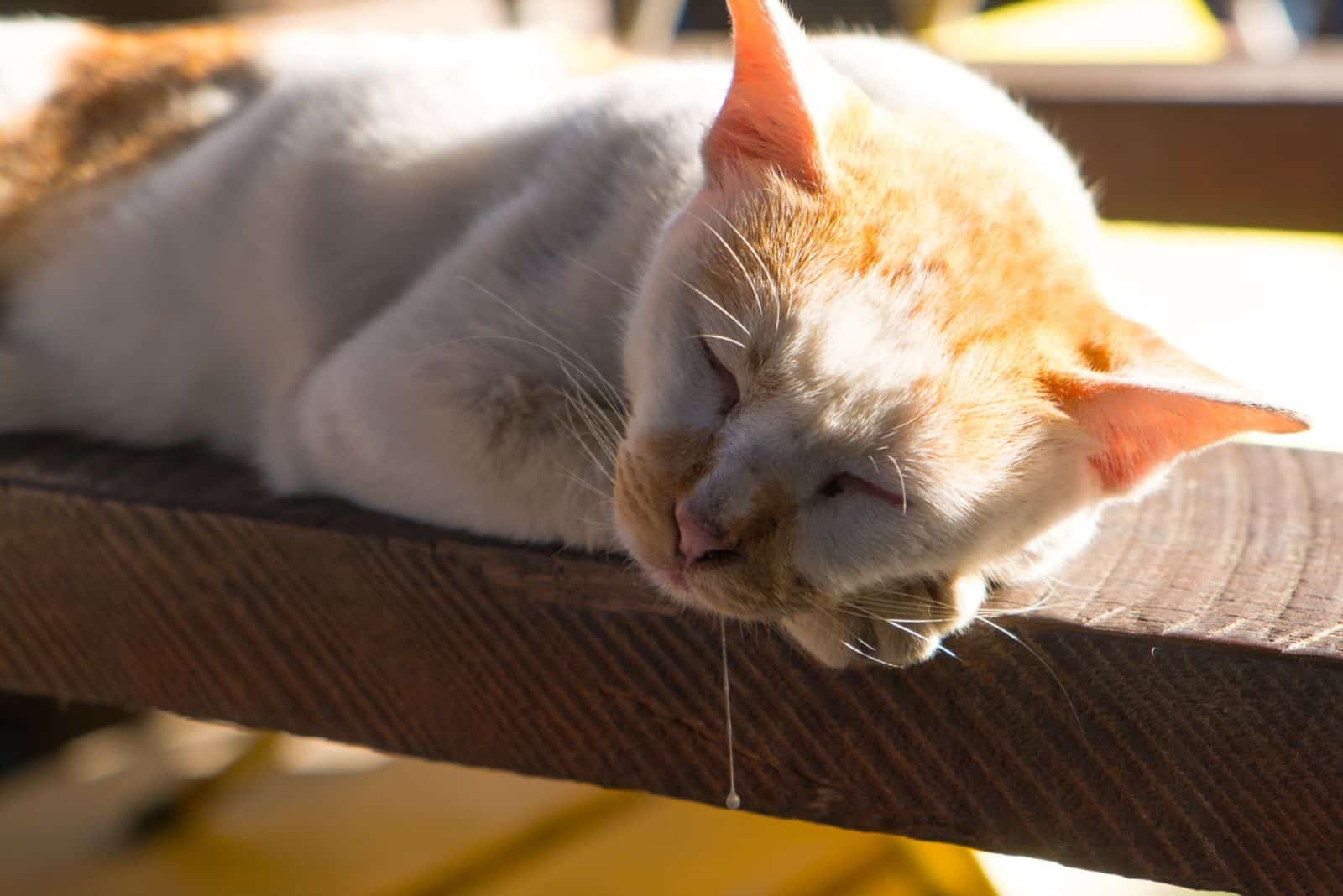
Investigate further if you notice anything unusual around your cat’s lip area and/or mouth. Lip inflammation is not always the only symptom. If your cat has a swollen lip, you should also check if they are displaying any other symptoms.
Additional symptoms may indicate there’s an additional underlying issue. Keep an eye out for things like:
• drooling
• bleeding
• red gums
• scabs around cat’s mouth
• bad breath
• loss of appetite or thirst
You might also be interested in learning about: Signs Of Cat’s Internal Bleeding And How To Help
Diagnosis
Before you take your cat to the vet, look around the house to see if you can find any more things you should tell your vet. Has your cat eaten and drunk normally? Have your cat’s litter box habits changed? Have you altered its diet, toys, or bedding?
Have you ever noticed any of these symptoms before? Before treating your cat’s lip problem, your vet will likely recommend some tests. These tests may include the following:
• food trial
• medication trial
• skin scrape
• blood tests
• allergy test
• radiographs
• bacterial culture
• biopsy
• fungal culture
Treatment & Care
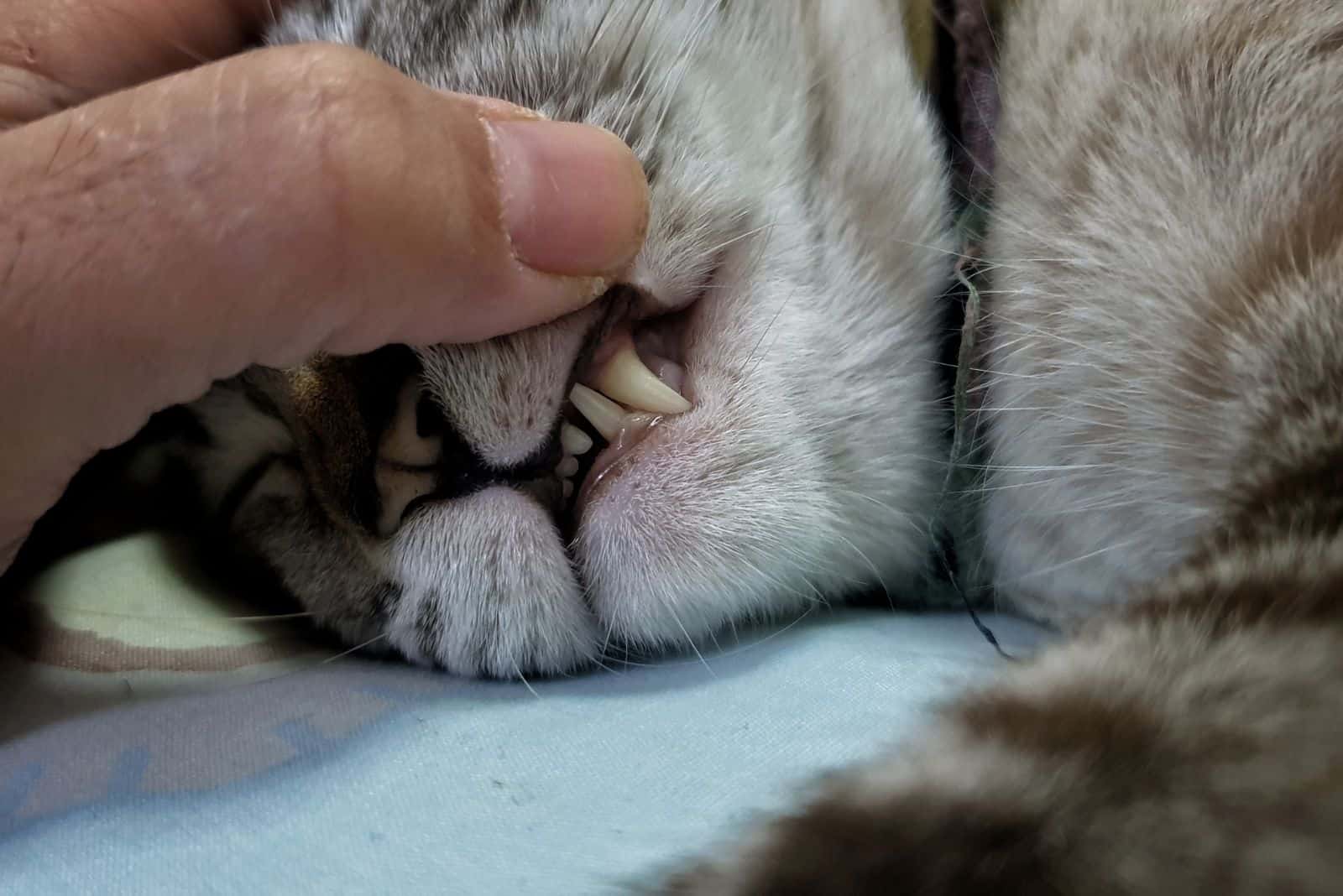
If your cat unexpectedly develops a swollen lip, regardless of the condition or cause, you should look into it. You are responsible, and you’re the one making decisions for your cat’s health and well-being.
When your cat’s lip is swollen, it’s important to try to figure out what’s causing it, but a definitive diagnosis isn’t always possible. Based on what they discover, your veterinarian will make a treatment recommendation.
If you’ve thought, “my cat has a fat lip“, it’s critical that you examine the area and take safety precautions to avoid infection. If you suspect something else or are unsure of the cause of the swelling, consult your vet. Swollen lips should not be ignored.
Pay Attention To Any Changes
Even if you suspect something minor, keep an eye on the area and consult your vet if your cat’s symptoms do not improve within a few days.
The underlying condition may be serious, and the sooner you identify it, the better your cat’s chances of recovery.
Cats are unlikely to show that they are in pain, so it is your responsibility to observe your cat and learn what is normal. If you notice that anything is wrong, you can catch the symptoms early and take action.
The swollen lip needs to be examined, and minor symptoms are important indicators of your cat’s health and well-being, so pay attention to your feline friend so you can act quickly if there’s an issue.
Final Thoughts
While a cat swollen lip is not a very common occurrence, it can definitely happen, and it may be caused by different things. This can be a minor issue with an obvious cause, or it can be more serious and long-term.
No matter the cause, it may be most painful and uncomfortable. If you have any doubts, consult your vet as soon as you notice any of the signs I’ve discussed.
Many different diagnoses can appear to be the same, but they all involve different treatment options.



